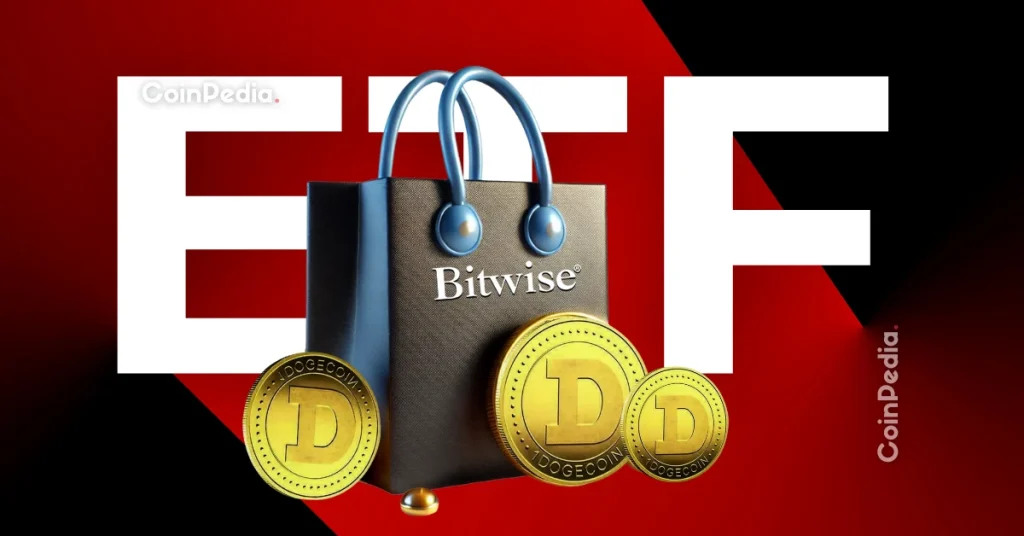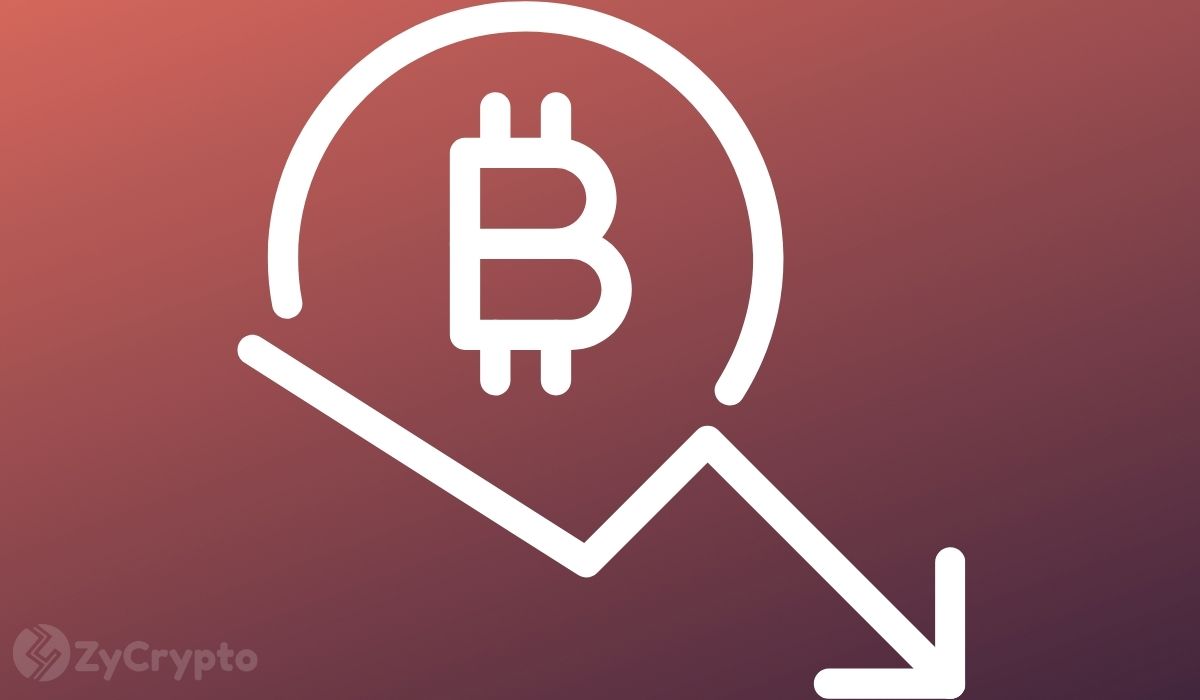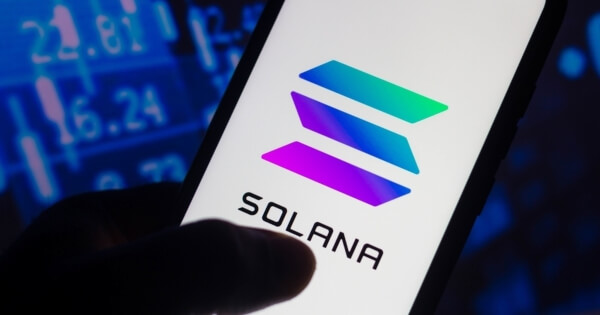What if the XRP ($2.13) Ledger supported native XRP staking?
That’s the question J. Ayo Akinyele, senior director of engineering at Ripple, asked on Tuesday in a new blog post that explores ways to expand the $128 billion XRP token’s utility.
The XRP Ledger is a public blockchain launched in 2012 that uses the XRP token to pay for transactions. Introducing staking for XRP could help align incentives among the validators who run the network and token holders.
“The real question isn’t how big the rewards might be, but how they’d fit into XRP’s network design,” Akinyele said. “Introducing staking would mean rethinking how value circulates through the system, and identifying a sustainable way to reward participation.”
Staking is a key component of rival blockchains like Ethereum and Solana. Holders of these networks’ respective tokens can stake them to help process transactions and earn rewards.
Unlike other blockchains, the XRP Ledger does not directly incentivise validators with monetary rewards. Instead, benefits like building trust among the community, reputation, and the ability to influence protocol evolution are the main motivations.
The question of expanding XRP’s utility with staking comes as the asset experiences renewed institutional attention amid the approval and launch of several XRP exchange-traded funds.
Since its November 13 launch, investors have poured over $257 million into Canary Capital’s spot XRP ETF, marking the largest crypto ETF debut of 2025.
Still, XRP’s price has lagged.
It’s down 13% over the past month as the fallout from the record 43-day government shutdown and anxiety surrounding the Federal Reserve’s December interest rate decision weigh on the crypto market.
Significant changes
If the XRP Ledger were to adopt native staking, it would require significant changes to how the network operates.
“Two things would be essential: first, a source of staking rewards, and second, a way to distribute them fairly,” Akinyele said.
Currently, the XRP Ledger burns XRP tokens used to pay for transactions, which helps keep the XRP supply deflationary and maintain network efficiency.
One way to generate rewards for staking without changing this setup could be to add new fees associated with programmability features, which would be sent to a rewards pool, Akinyele said.
Then there’s the issue of how new rewards could impact those controlling the validators that run the network.
“Staking changes how validators and participants interact, introducing financial incentives that can strengthen engagement but also reshape governance dynamics in subtle ways,” Akinyele said. “Getting those incentives right and corresponding penalties are critical to maintaining the network’s fairness and resilience.”
Third-party staking
While staking is popular with investors because it lets them earn returns on their crypto holdings, it also has downsides if not implemented properly.
In recent months, several blockchains have explored ways to cut back the amount of new tokens they issue through staking in a bid to reduce inflation and shore up the prices of their tokens.
To be sure, several third parties are also exploring ways for XRP holders to earn rewards through staking-like activities. If these activities prove popular, they may reduce demand for native staking.
“It’s a reminder that innovation around utility doesn’t always require core design changes,” Akinyele said.
Tim Craig is DL News’ Edinburgh-based DeFi Correspondent. Reach out with tips at tim@dlnews.com.
.png)






















![Crypto News Today [Live] Updates On November 19,2025](https://image.coinpedia.org/wp-content/uploads/2025/05/17173854/Coinpedia-Digest-Top-Crypto-News-This-Week-Hacks-Regulations-and-Institutional-Adoption-1-1024x536.webp)

 24h Most Popular
24h Most Popular








 Utilities
Utilities